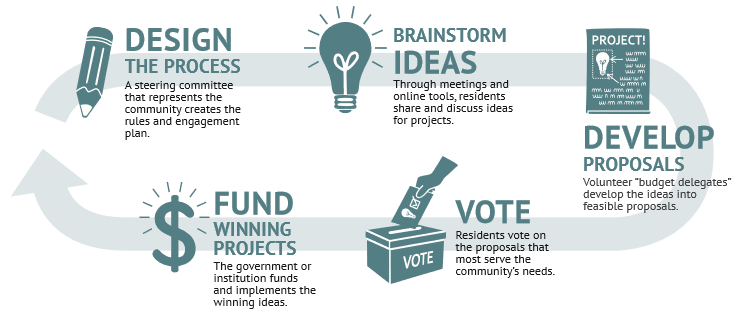
Local governments in North Carolina are required to engage citizens in their budget process by following the guidelines set forth by the Local Government Budget and Fiscal Control Act. This act requires that local governments provide opportunities for public input and involvement throughout the budget process, including public hearings, workshops, and other forums for community feedback. The local government must also make the budget and related documents available to the public for review and provide a written summary of the proposed budget. Furthermore, the budget must be advertised in the local newspaper, and the public must be given an opportunity to comment on the budget before it is adopted.
In addition to these legal requirements, many local governments in North Carolina have taken further steps to engage citizens in the budget process. For example, some governments hold community meetings or town hall events specifically to discuss the budget and gather feedback from citizens. Others may use social media platforms or online surveys to reach a wider audience and gather input from those who cannot attend in-person meetings. By involving citizens in the budget process, local governments can ensure that the budget reflects the needs and priorities of the community and fosters a sense of transparency and accountability. In previous posts (for example: here, here, and here), I have discussed citizen engagement in the budgeting process. In general, these discussions go well beyond what is required by the state in terms of citizen engagement. In this post, I will discuss the third and final “phase”, active participation. Active participation is achieved when government and citizens collaborate on a set of policy issues and citizens are actively able to shape policy and outcomes.

Governments, especially local governments, around the world are increasingly turning to active participation methods like participatory budgeting (including Greensboro and Durham) and citizen advisory boards to engage with citizens and foster greater public participation in decision-making processes. These methods are designed to ensure that the voices of all citizens are heard, and that governments are accountable to the communities they serve. In this blog post, we’ll explore the benefits and concerns of these methods, as well as best practices for their implementation.
Benefits of Active Participation Methods
Active participation methods like participatory budgeting and citizen advisory boards have several benefits. First, they promote greater transparency and accountability in government decision-making. By involving citizens directly in the decision-making process, governments can demonstrate that they are responsive to the needs of the communities they serve.
Second, these methods can help to build stronger communities by fostering greater civic engagement and participation. When citizens feel that their voices are being heard and that they have a say in how their tax dollars are being spent, they are more likely to be invested in the success of their communities.
Third, active participation methods can help to identify and address issues that may not be immediately apparent to government officials. By involving citizens directly in the decision-making process, governments can gain a better understanding of the needs and priorities of their communities, and develop more effective policies and programs as a result.
Concerns and Drawbacks
Despite the many benefits of active participation methods, there are also some concerns and drawbacks to consider. One concern is that these methods can be time-consuming and resource-intensive. Participatory budgeting, for example, requires significant staff time and resources to manage the process and ensure that it is fair and transparent.
Another concern is that these methods may not always be representative of the broader community. For example, citizen advisory boards may be dominated by certain interest groups or demographics, which can skew the priorities and perspectives represented in the decision-making process.
Finally, there may be concerns about the efficacy of these methods. While participatory budgeting and citizen advisory boards can help to identify community needs and priorities, they may not always result in the most effective policies or programs. Additionally, there may be questions about whether the decisions made through these methods are binding or simply advisory.

Best Practices for Implementation
To ensure the success of active participation methods, governments should follow best practices for implementation. These include:
- Clearly define the goals and objectives of the process. Governments should be clear about what they hope to achieve through participatory budgeting or citizen advisory boards, and ensure that these goals are aligned with broader policy objectives.
- This includes not asking for feedback and input that your jurisdiction does not have a plan for using and/or acting on.
- Develop a transparent and inclusive process. Governments should develop a process that is transparent, fair, and inclusive, and ensure that all citizens have an equal opportunity to participate.
- This often means having several avenues for citizens to participate.
- Provide adequate resources and support. Governments should provide adequate resources and support to ensure that the process is well-managed and that citizens have the information and tools they need to participate effectively.
- Incorporate feedback and evaluation. Governments should incorporate feedback and evaluation into the process, and use this feedback to refine and improve the process over time.
Conclusion
Active participation methods like participatory budgeting and citizen advisory boards are powerful tools for engaging citizens and fostering greater public participation in decision-making processes. These methods have many benefits, including greater transparency, accountability, and civic engagement. However, there are also concerns and drawbacks to consider, including resource constraints, representativeness, and efficacy. By following best practices for implementation, governments can ensure that these methods are successful in promoting greater public participation and achieving policy objectives.



